SPM – Chemistry – Form 5 Chapter 5 Chemical for Consumers 5.2 Food Additives
![You are currently viewing [5.2] Food additives – Antioxidants](https://videos.drmaheshkumar.com/wp-content/uploads/2021/10/52-Food-additives-Antioxidants-2.jpg)
[5.2] Food additives – Antioxidants
- Post author:admin
- Post published:October 4, 2021
- Post category:Uncategorized
- Post comments:0 Comments
You Might Also Like

What is the Ideal Approach to Gynecomastia Surgery?

The Best Wholefood Vitamin Mineral Supplement – No Synthetics
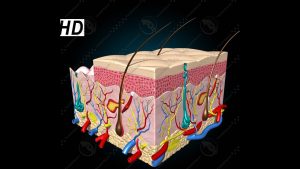
Anatomy and Physiology of Integumentary System Skin

Estrogen Dominance

Advantages Of Yoga Video – 1

Back Exercises, Lat Pull Down

Testosterone & Androgenic Effects Video – 7

The Perfect Overhead Dumbbell Press

How to get a Flexible Back Fast
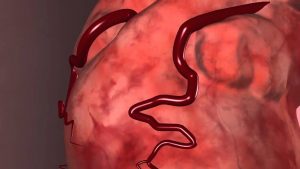
Do You Know The Warning Signs of Heart Disease?

Female reproductive hormones and its function

… 12 07 2014 – Birmingham – Definition Fitness Centre – Anita CK …
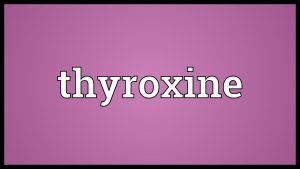
Thyroxine Meaning

Law 9: Hydrate | 10 Laws Of Muscle-Building
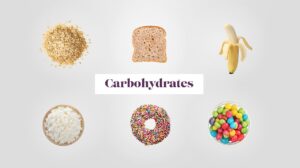
The Spectrum of Carbohydrates – from Whole Grain to White Bread

Should We Take a Multivitamins? | Guru Mann | Health and Fitness HD

The Movement of the Internal Organs and Abdominal Muscles during Pregnancy
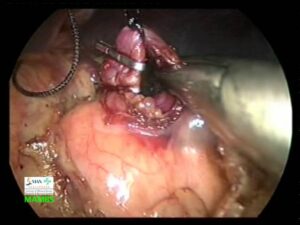
Laproscopic Surgeries Video – 5

The Different Types of Fats

BICEPS – DB Cross Body Hammer Curls
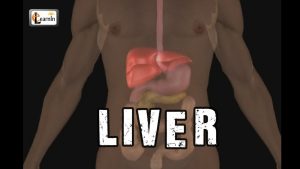
Liver anatomy and function | Human Anatomy and Physiology video 3D animation | elearnin

What are trans fats?

Health Check: Thyroid Test

Branches of Physiotherapy Video – 8

Spa Business Video – 3

Reverse Hyperextension with Stability Ball

One Arm Overhead Tricep Cable Extension

How To Exercise If You Have Heart Disease – Onlymyhealth.com

Atenolol or Tenormin Medication Information (dosing, side effects, patient counseling)

Oestrogen regulation of transcription

Leg Raises-5
Blood Sugar Testing

Top 5 Supplements for Muscle Growth
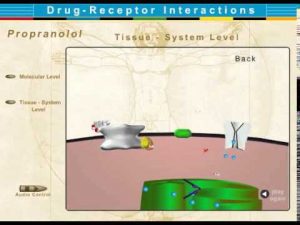
Chapter 11 propranolol

Sports Surgeries Video – 4
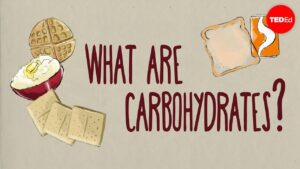
Carbohydrate Nutrition Video – 2
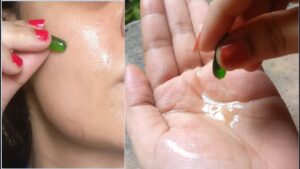
i Apply Vitamin E oil on my Face & look what happened, crystal clear skin, spotless skin, Dark Spots

Take Zinc Supplement for these Amazing Health Benefits!!

Importance of nutrition in Human body

What happens during a heart attack? – Krishna Sudhir

The Liver and Excretion – Quick A Level Biology

